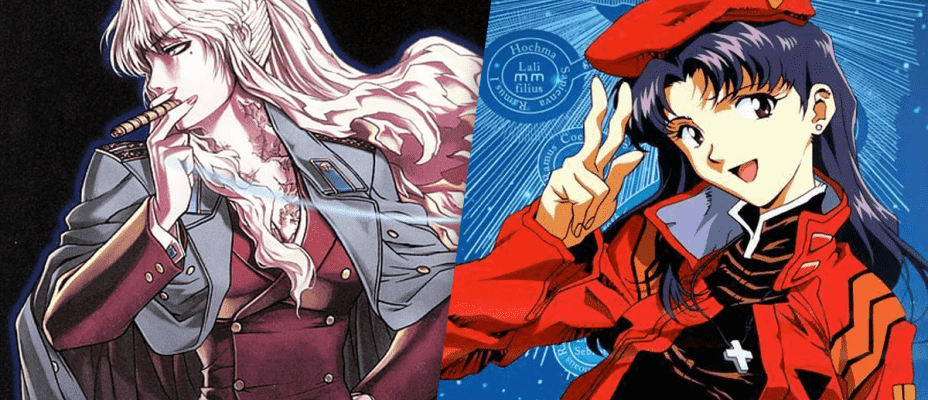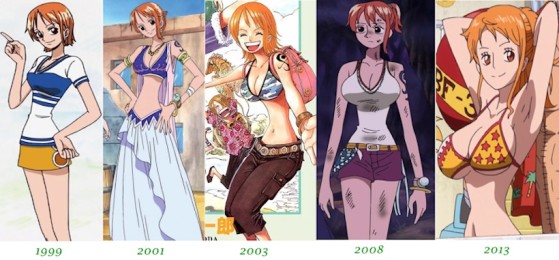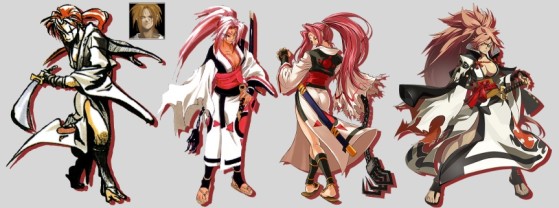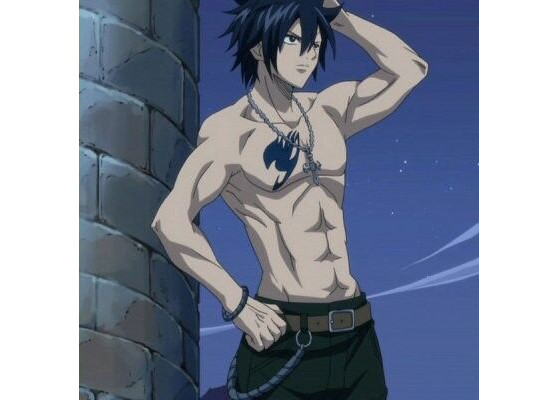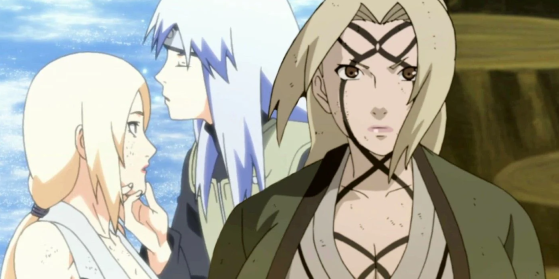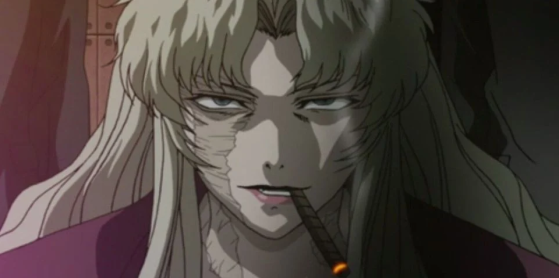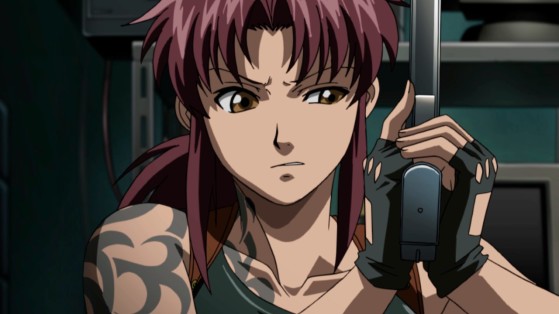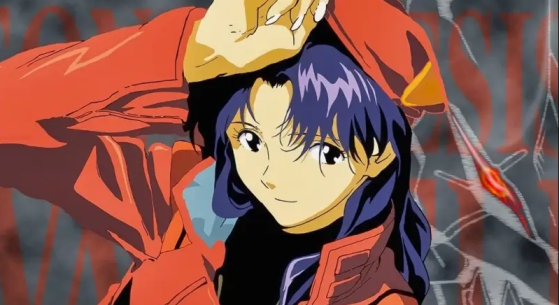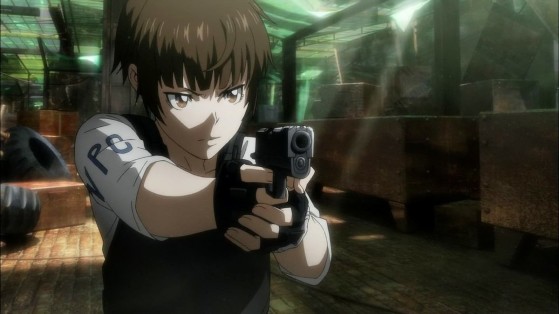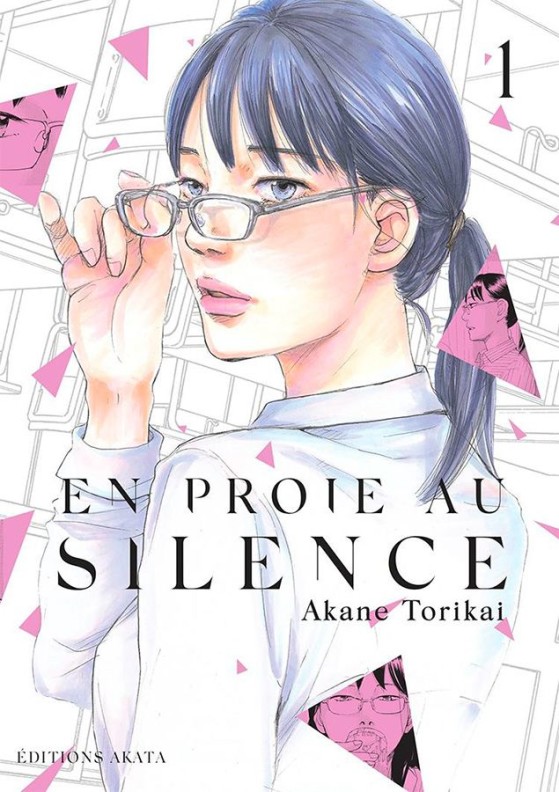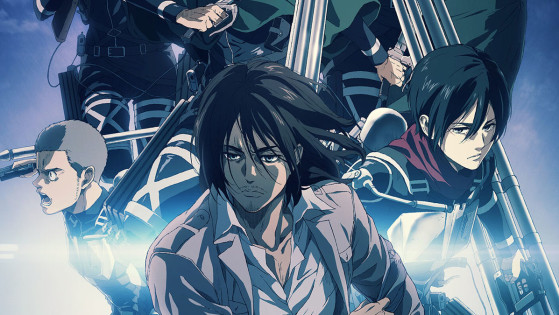In recent years, we have sometimes been able to perceive a dissatisfaction with the place and objectification of women in the world of manga. Whether it’s because of their buxom forms serving as fan service or their development deemed less worked than that of the male characters, critics fuse on the writing of certain female personalities in the manga.
A question then arises: do mangakas only write stereotypical or sexist female characters?
Given the multitude of manga styles that exist, a logical answer would obviously be no.
However, it cannot be denied that the criticisms relating to the bodies of the female characters are not unfounded and that there are sometimes certain abuses. If we take Fairy Tail as an example, the popular shonen has become king in girls with dream bodies and suggestive positions, sometimes even to the detriment of the script. Add to that the famous “beach episode” whose sole purpose is the presence of characters in swimsuits.
We can all the more cite the evolution over the years of the breast size of certain protagonists in other shonens, such as One Piece.
Phenomenon that can also be noticed sometimes in video games with as an example, BAIKEN from Guilty Gear.
Fan service, a bad thing?
As its name suggests, “fan service” is the act of making fans of a license or a character happy. Although it is often connoted with the sexualizing aspect, the term in general also designates the action that an author can do to satisfy the request of the fans. Thus under pressure from a fan base, he might not kill one of his protagonists when it was planned in the scenario.
However, here we will focus above all on the fan service which sexualizes the characters in the manga.
One of the understandable arguments against this fan service would be the normalization of standards of beauty that are difficult to achieve, which could complex a young audience. Remember that for all that, we must not be hypocritical and identification with animated characters is less strong than real public figures who promote these same standards.
Plus, if you want to play devil’s advocate, fan service for male characters also exists. Sexualization then works both ways. Let’s take Fairy Tail as an example, although less present for women, we can often see shirtless men with dreamy plastic (having even become a running gag where the protagonist Gray spends his time undressing).
Fan service can be harmful when it spoils the script in favor of situations that highlight the character’s chest, torso or buttocks, which can even create a break in the immersion of the story.
But if this is not the case, that there is no abuse and that the subject remains coherent, let’s just take advantage, men and women, of the work that the mangaka offers us.
Fragile women and never as main characters?
One of the other criticisms that we have seen on the writing of certain manga was the cliché of the “strong and badass” hero often the main character of the series, surrounded by one or more weaker female characters to protect. Naruto has a bit of that aspect where the male characters are generally better developed than the female ones, although there are exceptions with Tsunade’s personality.
There are indeed more male main characters in manga (which might be related to the gender of the majority of readers), but it would be a lie to say that there are few or no characters. striking and developed feminine lines in many works.
Therefore, our goal will be to introduce you to 3 women with various personalities who have marked us in the world of manga, also allowing us to advise you of nuggets that you should discover without delay!
The female characters who have marked us
Balalaika and Revy from Black Lagoon:
How not to start by talking about the characters of Black Lagoon?
Although all the women in this manga are incredible, our favorite is Balalaika and Revy. While one is a charismatic Russian mob boss, the other is a ruthless killer calling herself “Two hands” for her ability to wield two guns at once.
These two characters borrow characteristics with masculine connotations such as leadership or the handling of weapons in order to reclaim them. However, it never falls into the cliché of the “tomboy” and they remain feminine (except when Revy shares her flowery language with us) with both their own stories.
Thanks to her characters, the author of Black Lagoon, Rei Hiroe puts forward the image of a strong and independent woman in a cruel and bloodthirsty world.
Misato from Neon Genesis Evangelion:
If Misato is a source of much admiration within the anime and manga community, it is not for nothing. His personality has many facets that we discover as Hideaki Anno’s work develops. Indeed, at the beginning of the series, we see in her a wanton, extroverted woman with a pronounced inclination for alcohol. Moreover, she does not hesitate to be a little too intrusive in the life of the main protagonist, the shy Shinji.
However, we then notice that under her air of a strong and enthusiastic woman, her past has left her with many scars and sufferings which will be found in her interactions with the characters of the anime. She carries on her shoulders the field decisions of the secret organization NERV and thus, the lives of the children controlling the EVAs (humanoid-looking robots piloted by the protagonists).
Her development makes her endearing, but also complex, like all the characters in Neon Genesis Evangelion, she shows a facet of humanity without ever falling into Manichaeism.
Akane from Psycho – Pass:
Some might be surprised that she ends up in this selection when her personality is far from pleasant in the first episodes of Psycho-Pass. Precisely, here it will be its evolution in the scenario which is interesting.
At the beginning of the anime, we find Akane Tsunemori, main protagonist and young policewoman in a dystopian Orwellian society where a poor mental state can be synonymous with social exclusion. As a young rookie, she is filled with ideals that will soon be destroyed when confronted with reality. It is then that, seeing the most horrible faces of the world in which she lives, she will go from a frail and terrified woman to a real policewoman capable of breaking the laws to achieve her goal.
Thus ends our small selection, there are obviously many more outstanding women in the world of manga and Japanimation, but these seemed to us to illustrate how a female character can be just as important as her male counterpart.
Conclusion and our reading tips
Finally, let’s not forget that manga are above all literary works that do not belong to the same culture as us, seeing them and judging them from our Western vision could sometimes be inappropriate. Japan does not have the same moral codes as us. In addition, the increase in female manga readers could be beneficial in the years to come in pushing mangakas to create new heroines. Supply and demand may change certain standards.
However, if the theme of “the place of women in society” interests you, we could recommend the excellent author Akane Torikai.
This places him at the center of his works by anchoring his female characters in tough but realistic stories. It allows a mise en abyme of the reader who can easily find himself in situations of the manga.
